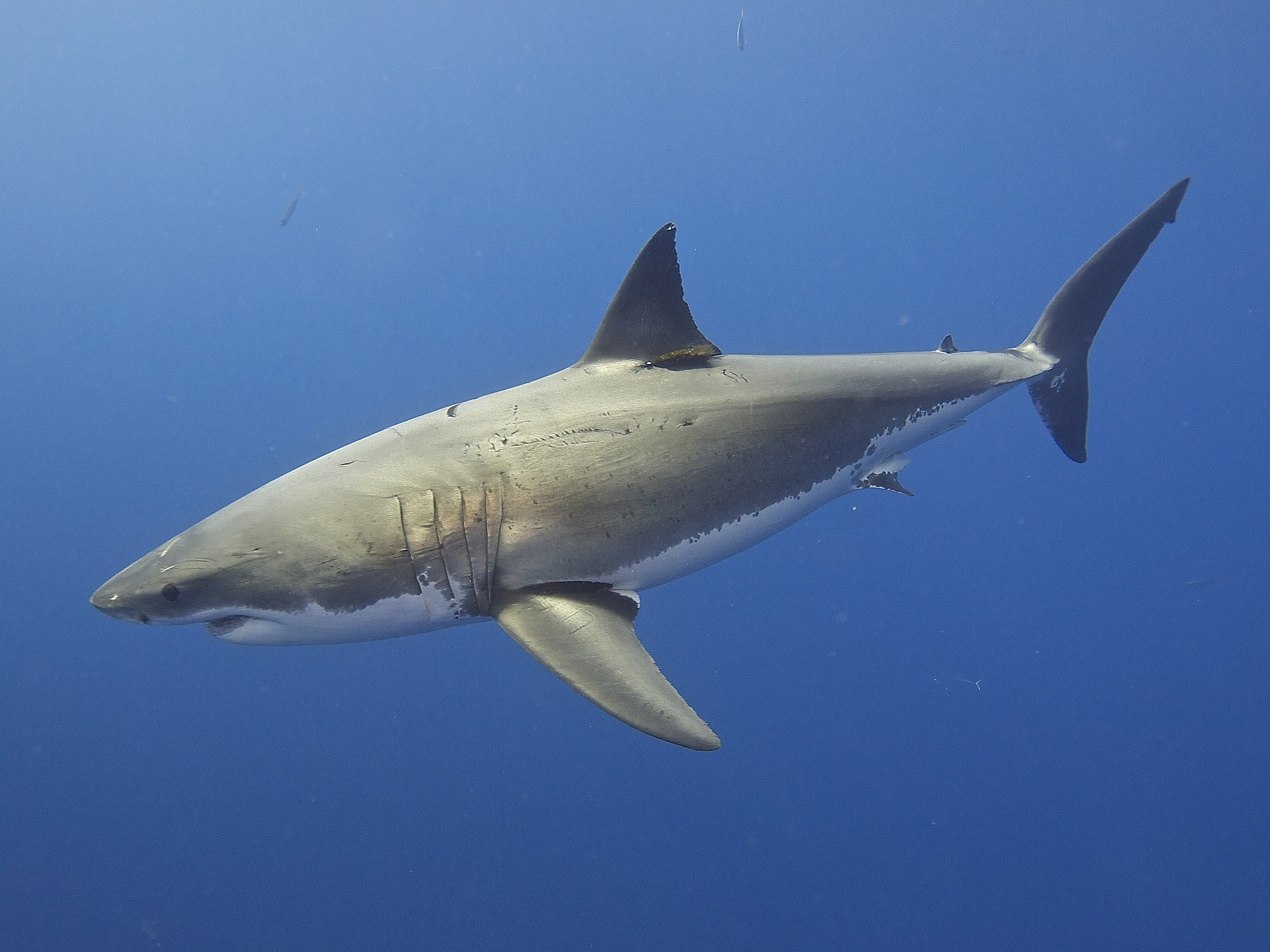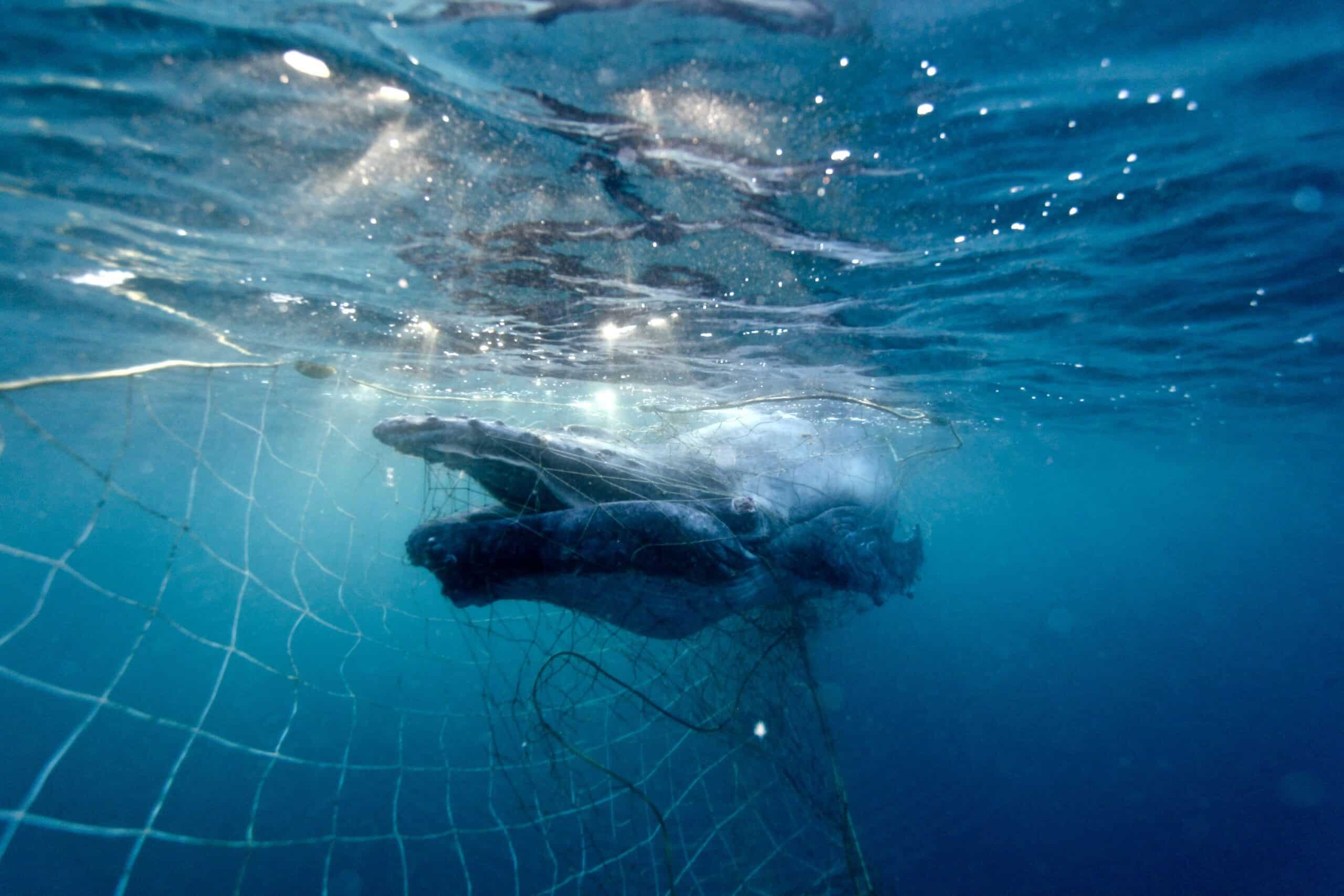Research shows that Australia’s great white sharks are highly related to each other and may consist of fewer than 500 breeding animals. SYDNEY, 24 June 2025: Latest research has found Australia’s great white shark population is much smaller than expected, increasing their vulnerability to further population threats. The population...
ON ANTARCTIC PROTECTION, THE PRECAUTIONARY PRINICPLE AND CONCENSUS DECISION MAKING
I went into the 2016 meeting of The Convention for the Conservation of Antarctic Marine Living Resources (CCAMLR), without any expectations of achieving very much, let alone a marine protected area designation. The past three meetings had not been good, and there had been little indication prior to the meeting of movement from the one remaining antagonist to MPA (Marine Protected Area): Russia. And while others had expressed their willingness to support the proposals on the table, they were talking very short time limits of 20 years or less.
But we ended the meeting with the largest marine protected area in the world – 1.55 million square kilometres, approximately 1.2 million square kilometres of which is set aside from commercial fishing. The MPA will provide special protection for representative examples of the region’s biodiversity and also act as a reference area to monitor the effects of fishing and climate change in the Southern Ocean.

The Ross Sea is home to many unique communities including 38 per cent of the world’s Adélie penguins.
This is a region of astounding beauty, high biodiversity and high productivity. It is one of the world’s most intact large marine ecosystems, and thus an ideal natural laboratory for the study of ecosystem function. The Ross Sea is home to unique and wonderful benthic (bottom-dwelling) communities, 38 per cent of the world’s Adélie penguins, 26 per cent of Emperor penguins, more than 30 per cent of Antarctic petrels, 6 per cent of Antarctic minke whales, 30 per cent of ‘Ross Sea’ killer whales, and the richest diversity of fishes in the high latitude Southern Ocean, including seven species found nowhere else.
And while the MPA can be closed down after 35 years, we have 35 years to ensure that it isn’t!
Wow! How did that happen?
It’s a longish story, involving perseverance, determination and compromise.

The Convention for the Conservation of Antarctic Marine Living Resources was established to conserve Antarctic marine life.
CCAMLR – the Convention for the Conservation of Antarctic Marine Living Resources – was established in 1980 with the objective of conserving Antarctic marine life, following increasing commercial interest in Antarctic krill, the key animal in the Southern Ocean’s very short ecosystem chain, and a history of over-exploitation of several other species. It stands out from other regional bodies engaged in the management of marine resources in that its objective is the conservation of marine life, based on the precautionary principle [1] and an ecosystem approach [2].
CCAMLR nations first started talking about marine protected areas for the Southern Ocean (which covers 10 per cent of the world’s oceans and includes some iconic and unique species) in 2002. In response to a recommendation from the World Summit on Sustainable Development to establish MPAs as part of the management of the oceans, they created a standard agenda item ‘management of protected areas’. After several years of discussion to develop an approach to the designation of MPAs, they agreed to establish a representative system of MPAs within the Convention Area [3] by 2012. They also established South Orkney Islands southern shelf Marine Protected Area. In 2011, CCAMLR nations adopted Conservation Measure 91-04, an overarching measure to guide the establishment of individual MPAs.

Minke whales are one of the protected species that live in the Ross Sea. Photo credit: The Independent UK
2012 came and went. By this stage, there were two proposals on the table – one for a 2 million square kilometre MPA in the Ross Sea domain, and another for a 1.9 million square kilometre system of seven MPAs in the Eastern Antarctic domain. No progress could be made on either and so we found ourselves gathering in Bremerhaven, Germany in July 2013 for a special meeting of CCAMLR focused entirely on the MPA proposals. Preparing for that trip, I recall assuming that we would come away from that meeting with both MPA proposals agreed. Alas, despite a 5am finish, and willingness from many nations, no deal could be made.
The 2014 CCAMLR meeting was one of the worst I have ever attended. We seemed to go backwards on every issue. Attempts to reinterpret the conservation basis of the Convention, opposition to regulation for ‘research fishing’, questions as to whether MPAs were needed at all – we saw all of these arguments and more. And 2015 started off very similarly – until on the very last day the USA wrangled a deal with China to support the Ross Sea proposal.

The 2016 meeting secured a a 35-year-long 1.55 million square kilometre marine protected area in the Ross Sea.
At the start of the 2016 meeting, there were some positive signs that efforts to encourage Russia to join the consensus were making headway – pigs started to sprout wings. After a few false starts they soared into the air! And just like that we had a 35-year-long 1.55 million square kilometre marine protected area in the Ross Sea.
Many things came together to get this proposal over the line. The persistent public pressure on CCAMLR nations from across the world to not throw in the towel. The involvement of US Secretary of State John Kerry. NZ being a temporary member of the UN Security Council provided NZ diplomats with high-level access to their Chinese and Russian counterparts. The desire of China to be an effective player in the Antarctic scene. The willingness of CCAMLR nations to compromise on duration to get the proposal over the line.
I am certainly disappointed that CCAMLR could not agree to permanently protect the Ross Sea, and worried about the potential precedent this will set for further MPAs in Southern Ocean waters and in global high seas areas generally. But, as I said previously, we have 35 years to turn that around.
What’s next?
CCAMLR nations have committed to a network of MPAs across all domains of the Southern Ocean. The East Antarctic System of Representative MPAs is ready for adoption now, and proposals for MPAs in the Weddell Sea area and the Antarctic Peninsula are already under development. Then of course there is the implementation of the Ross Sea MPA. So I guess it’s a couple of days of champagne and congratulations and then back to work!
[1] Precautionary principle requires management measures to be precautionary in the face of insufficient evidence rather than acting only on the basis of proven threat.
[2] The ecosystem approach requires the survival of dependent and related species when harvesting a targeted species.
[3] The Convention applies to all waters south of the Antarctic convergence.


